Living in London can be difficult for students on a budget because it’s one of the most expensive cities in the world, but luckily in some cases, no one has to sacrifice experience to spare their wallets here! All of the world-class museums in London are FREE. That means that on those many rainy afternoons, you can easily pop into a museum to check out history, art, and architecture from all over the world.
Here’s your guide to the best museums in London!
1. British Museum
As one of the most famous museums in the world, the British Museum currently displays 80,000 ancient artifacts (only 1% of their total collection!) ranging from Egypt to China to the Americas, celebrating human art, history, and culture. You can wander through this vast and breathtaking collection for hours. Come see the Rosetta Stone up close and personal!
2. Victoria & Albert Museum
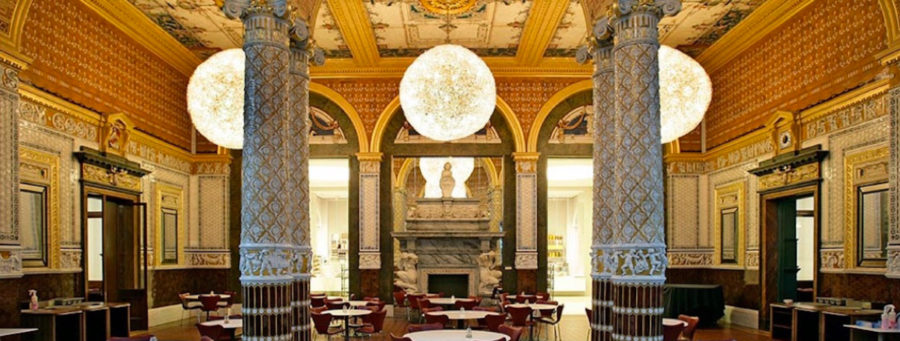
My personal favorite! The V&A was founded in 1852 and named after Queen Victoria and Prince Albert, avid patrons of the arts. The V&A is one of the largest museums in the world, and the largest museum for decorative art and design. They exhibit textiles, prints, paintings, furniture, ceramics, architecture, sculpture and more from Europe, North America, Asia, and North Africa. Since this museum is a whole day (or multi-day, even) affair, take a breather in their beautiful and ornate tea room. Lose the map, too. It’s an adventure to explore its winding rooms.
3. Natural History Museum and Science Museum
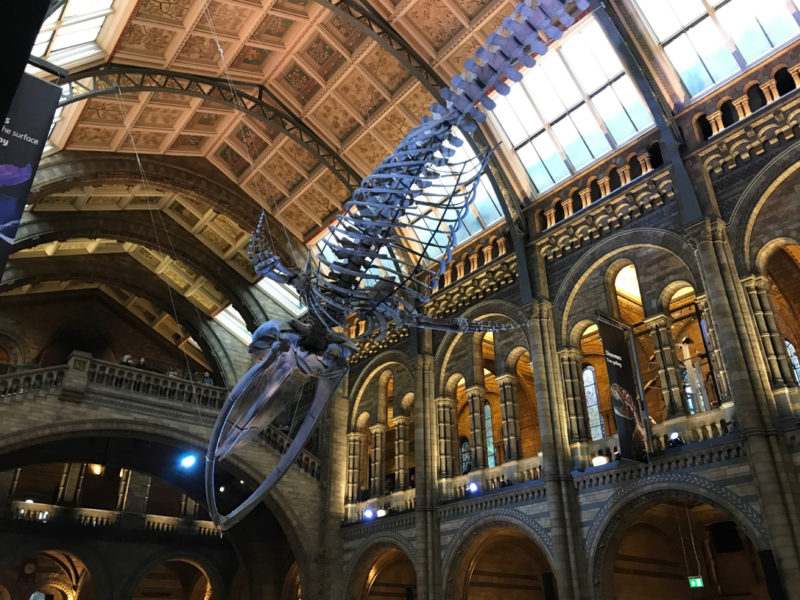
Just next door to the V&A is the Natural History Museum. Housed in a massive and elaborate church-like building, the Natural History Museum houses 80 million specimens of botany, etymology, mineralogy, paleontology and zoology. Feel like a kid again amongst the dinosaurs! I’ve also included the Science Museum here since they share the same building, but keep in mind that they are two completely distinct museums! Visit the Science Museum to learn about scientific, technological and medical achievements from around the world.
4. Imperial War Museum and Churchill War Rooms

Opened to the public in 1920 after World War I, the Imperial War Museum educates about British military history predominantly in the first and second World Wars, but has also since expanded to include exhibits on the Holocaust, military intelligence, post-9/11 conflict, and other forces of war in which Britain and the Commonwealth have been involved. Although the main IWM in Southwark is free, the Churchill War Rooms in Westminster do charge an admission price. This price is absolutely worth it, though! Explore the underground complex utilized by Prime Minister Winston Churchill and the British government between 1939 and 1945.
5. Tate Modern
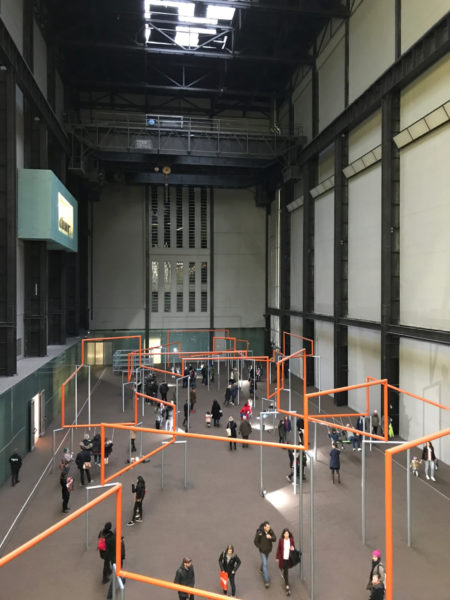
One of the most famous museums in the world, the Tate Modern is Britain’s national gallery of modern art. It’s housed in the former Bankside Power Station, an industrial electricity plant saved from destruction by the museum in 1994, officially opening in 2000. The main lobby, the Turbine Hall, showcases large rotating works of art. In its galleries, the Tate Modern displays works of art from the likes of Andy Warhol, Pablo Picasso, Salvador Dalí, and Damien Hirst.
6. National Gallery and National Portrait Gallery
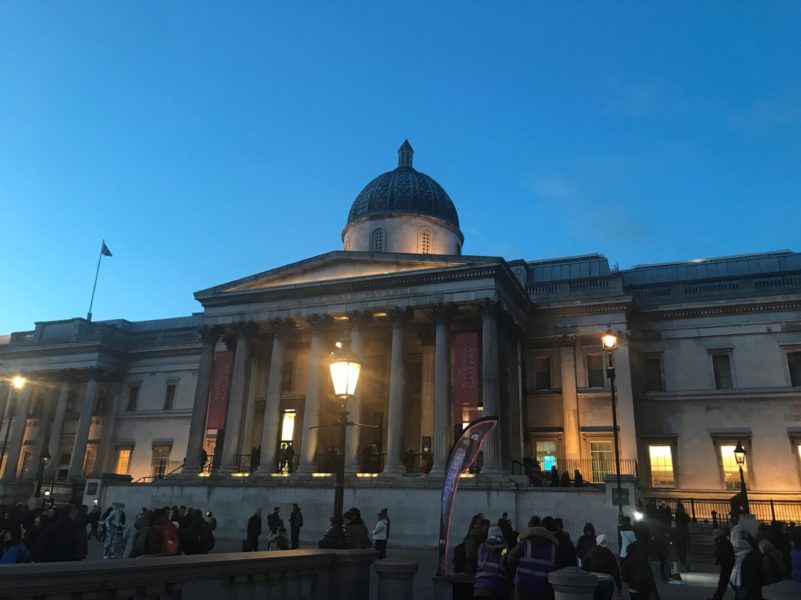
The National Gallery is one of the most famous art museums in the world, housing works from Van Dyck, Monet, Turner, Claude, Rubens, van Gogh, Michelangelo, Rafael, and many more. My favorite galleries are rooms 33-46, which showcase art from the 1700s British Golden Age to the Romantic, Victorian, Impressionist, and Modern periods of European art. Additionally, in the same building is the National Portrait Gallery, which displays portraits of historically important Brits from the 1500s Tudor period to today. You’ll see the likes of Shakespeare, Queen Elizabeth I, Queen Victoria, Admiral Nelson, Charles Darwin, Churchill, and Queen Elizabeth II. George Washington even gets a portrait! I love portraiture, and the National Gallery and National Portrait Gallery are definitely in my top three favorite London museums.
7. Tate Britain

Tate Britain, although lesser-known than Tate Modern, was the original museum in the Tate system and houses exclusively British works of art from the 1500s to the present. Tate Britain displays the most comprehensive collection of British art in the world, as well as the largest compilation of JMW Turner paintings in Britain, which is my favorite gallery in the museum. I love the Tate Britain because it is quintessentially British – while it’s incredible that most London museums showcase art, artifacts, and history from all over the world, the Tate Britain’s focus on British artists shows off an immense amount of national pride, both for its past and its future.
8. Museum of London

The Museum of London documents the history of London from prehistoric times through the Roman settlements, the London Fire, the Blitz, and to today. It’s an intriguing and interactive museum that also looks toward the future of London, a city projected to hold almost 10 million people by 2025. One exhibit has gained considerable attention, which is the “fatberg” – a huge, solid clump of oil, trash, and waste that accumulates in the sewers. The Museum of London displays a piece of the Whitechapel fatberg, the largest discovered, to show London’s relationship with an “unseen, growing monster.”
9. Design Museum
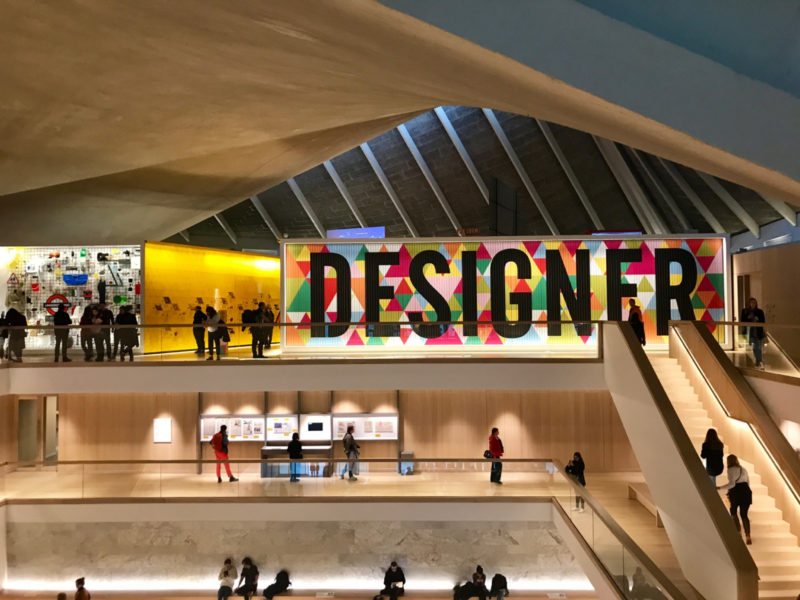
The Design Museum in Kensington is an underrated gem among London’s museums. The museum collection focuses on the three elements of design: the designer, the maker, and the user. Through these themes the collection displays various product, industrial, graphic, fashion, and architectural design, particularly how they relate to London like in designs for the new Underground train cars. Their current exhibitions, which cost a small admission price, include the design of Ferrari as well as a “Hope to Nope” exhibition on graphic design’s influence on politics in the last ten years. The Design Museum is a fascinating look at how design shapes our everyday lives.
10. National Maritime Museum
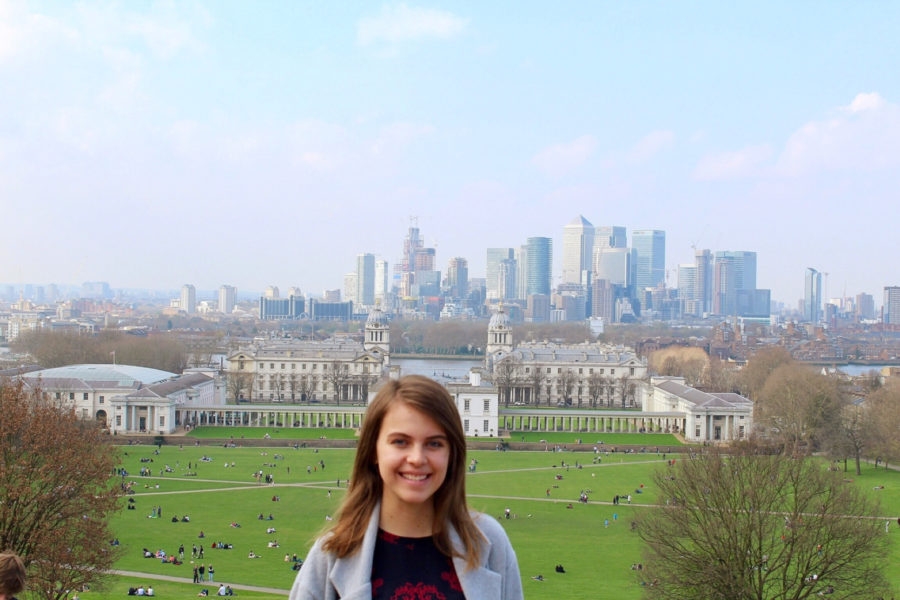
The National Maritime Museum, a sprawling white museum complex in Greenwich, is the largest collection of maritime history in the world. It houses millions of sea-related items such as art, cartography, documents, ship models, and navigational instruments. The museum showcases exhibits on the Transatlantic Slave Trade, Battle of Trafalgar, Trading, and Exploration. Additionally, the Royal Museums Greenwich organization also includes the Queen’s House (a collection of maritime art), Cutty Sark (a historic sailing ship you can climb aboard), and the Royal Observatory up the hill in Greenwich Park. Standing at the observatory on the Prime Meridian, check out the sweeping views of Canary Wharf to the north and the City of London to the northwest!
11. Sir John Soane’s Museum
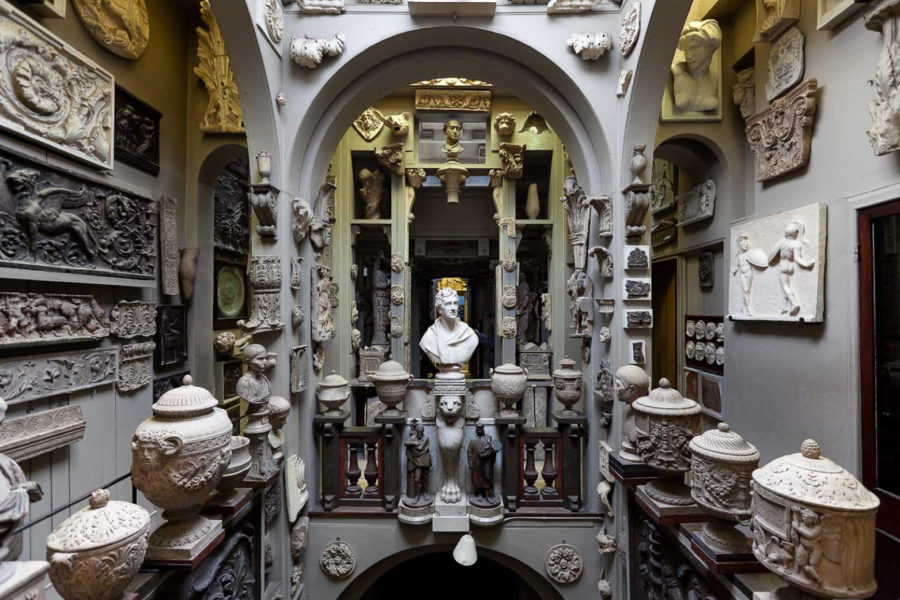
Ok, I had to add to this list an eleventh, slightly quirky museum that won’t typically show up on the tourist maps. Sir John Soane’s museum is a tiny museum of the house of famed British architect Sir John Soane, who designed the Bank of England and Dulwich Picture Gallery among other public buildings. His personal design asthetic is most apparent, however, in his house – a winding labyrinth of rooms with varied architectural styles and vast collections of Roman and Egyptian artifacts, most notably the sarcophagus of Pharaoh Seti I which he displayed in his wine cellar-turned-tomb. The house feels like a personal look into Soane’s mind; what he collected and how he designed the rooms around his lifestyle reveal much about him. The Soane museum also has an architectural contest every year, where winning designs of new architectural spaces are displayed in the museum. Well worth a visit!
London is lucky to have many of the greatest museums in the world—and for FREE—and I’m even luckier to have experienced them myself. They provide rich, vivid human and natural histories both from around the world and from right here in Britain. Lose yourself in a museum or two (or twenty) on your next visit to London!
This post was contributed by Madeline Anderson, who is spending her spring semester studying abroad with AIFS in London, England.

